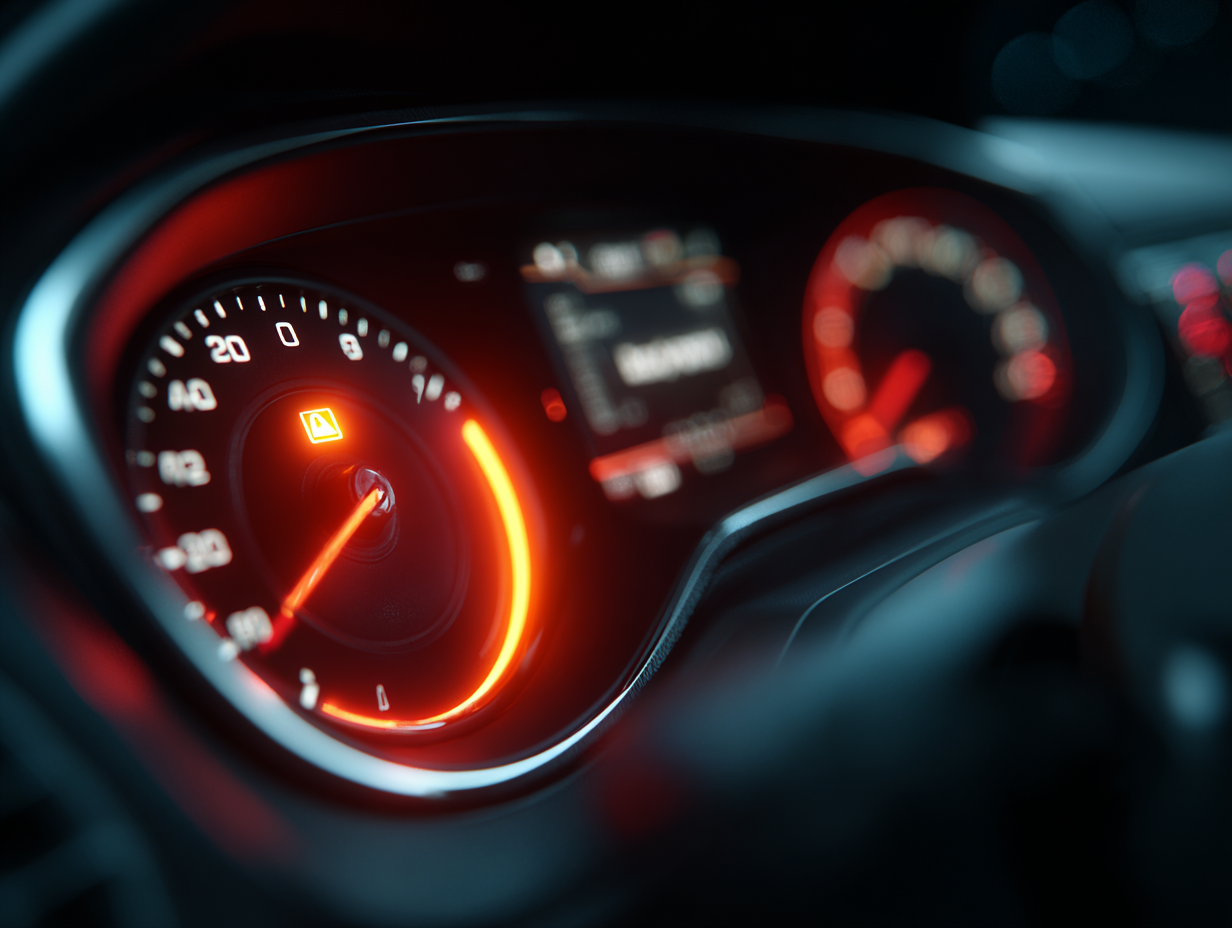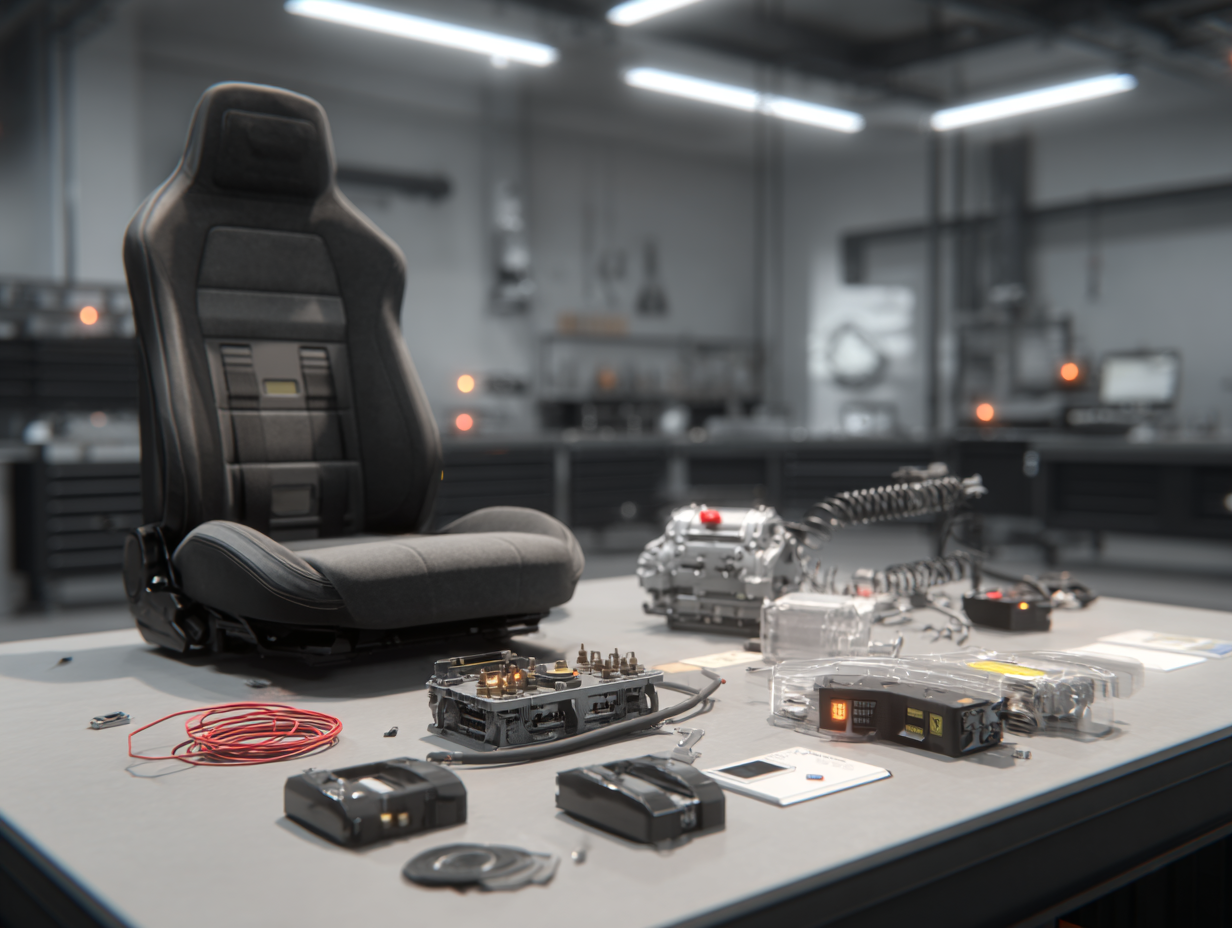
Few dashboard warnings make drivers as uneasy as the airbag light. When it lights up, the first thought is often “Is my airbag system broken?” While that fear is natural, the truth is more nuanced. Not every airbag indicator light illumination means the system itself has failed. Sometimes, the culprit is much simpler, like a loose electrical connection or even interference from added accessories.
Your car’s airbag system is designed to constantly self-check. The lamp will glow if it detects anything unusual in the circuitry. This doesn’t necessarily mean the airbag won’t deploy; it means the system needs attention.
One of the most common reasons for a glowing airbag indicator light is a poor or loose electrical connection. Under-seat connectors, steering wheel wiring, or harness plugs may become slightly disconnected over time due to vibrations, seat adjustments, or normal wear. The system reads this as a fault and triggers the warning light.
Have you recently installed new seat covers, aftermarket sound systems, or other electronic accessories? These can sometimes interfere with airbag sensors or wiring. Even something as simple as a poorly fitted seat mat with electronic features can confuse the system. The result? That dreaded lamp on your dashboard.

Of course, not every illuminated airbag indicator light is caused by a loose plug or an accessory. Sometimes it does point to a real issue in the module, sensors, or the airbag itself. That’s why ignoring it is never a good idea. A professional diagnosis is the only way to know for sure.
The next time your airbag indicator lights up, don’t assume the worst, but don’t brush it off either. Sometimes it’s just a connection, sometimes it’s an accessory, and sometimes it’s something bigger. Either way, it’s your car asking you to pay attention.
For concerns, inspections, or further questions about airbag light illumination, contact the Lebanese Europe team today.
The rich text element allows you to create and format headings, paragraphs, blockquotes, images, and video all in one place instead of having to add and format them individually. Just double-click and easily create content.
A rich text element can be used with static or dynamic content. For static content, just drop it into any page and begin editing. For dynamic content, add a rich text field to any collection and then connect a rich text element to that field in the settings panel. Voila!
